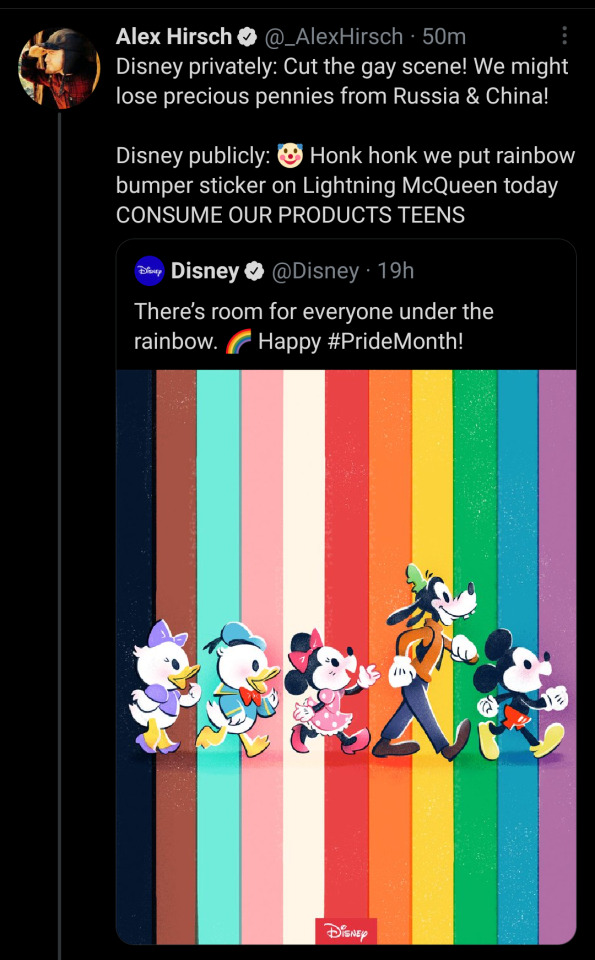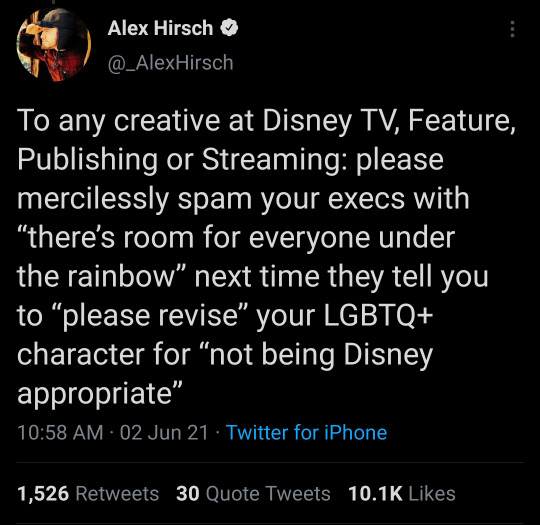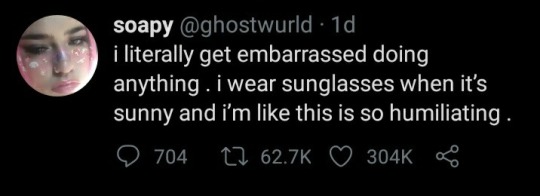Don't wanna be here? Send us removal request.
Photo

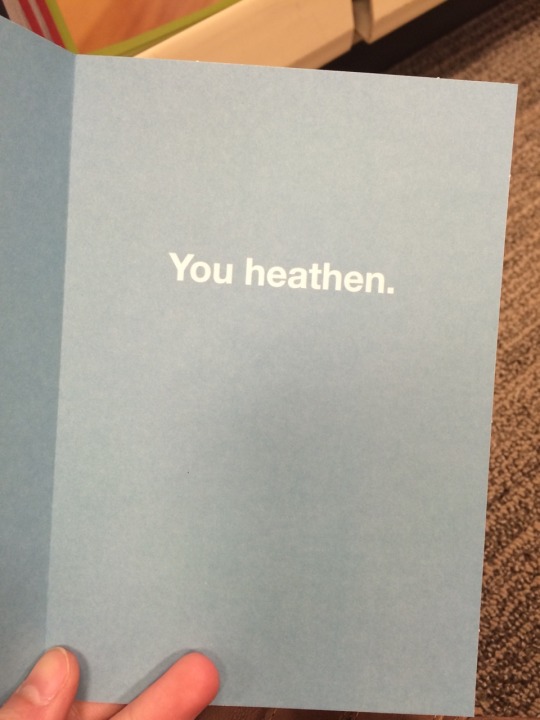
This is one of the funniest holiday cards I have ever seen.
586K notes
·
View notes
Text
I will never understand girls who throw their bras at guys on stage those things are fucking expensive and he has no use for it like what do you want him to do pass it down to his first born daughter
746K notes
·
View notes
Note
oh my gdO CAN YOU DRAW GODZILLA MOMMA CARRYING LIKE A HUNDRED LIZARD BABIES ON HER BACK FOR TAKE YOUR CHILD (lizard) TO WORK DAY
oh SHOOT well i cant swing 100 but how bout
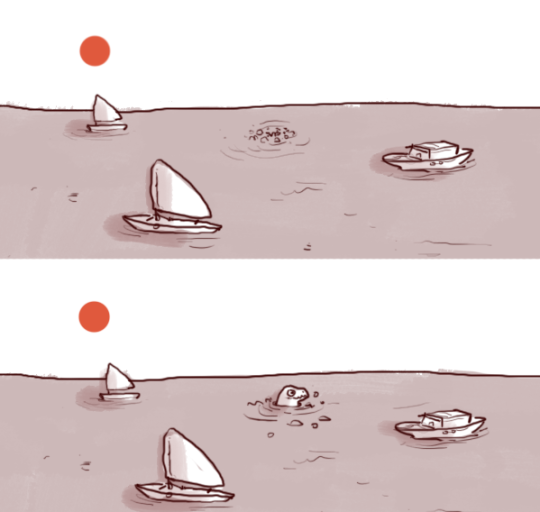
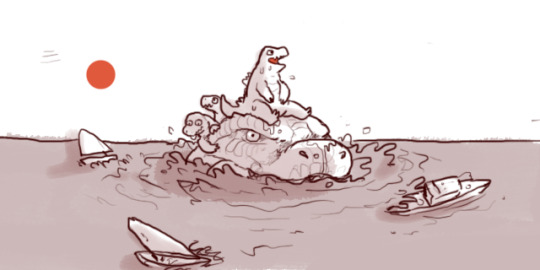
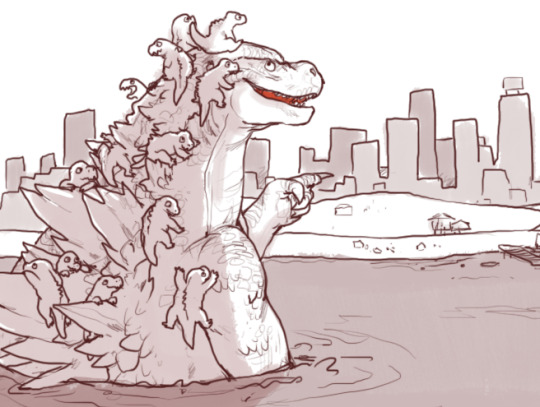

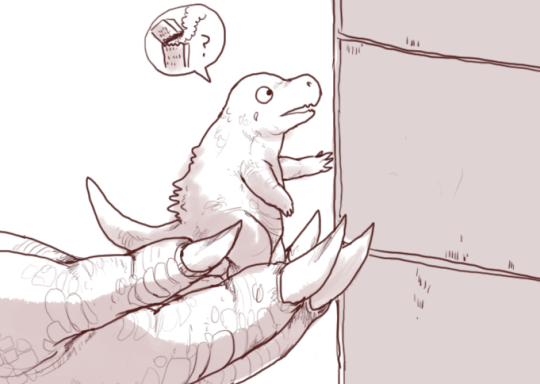
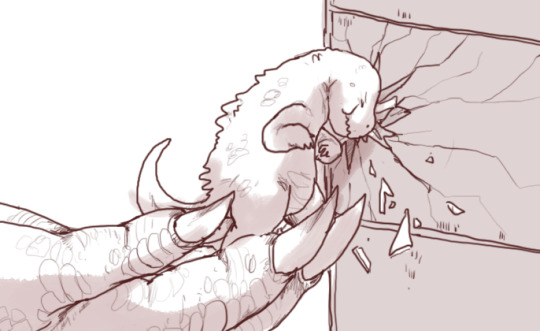

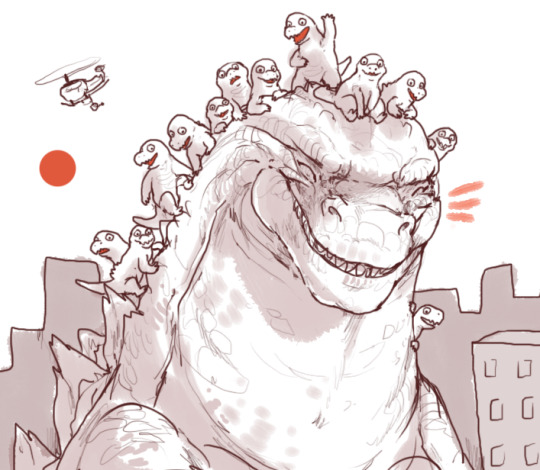
731K notes
·
View notes
Note
wait, what's russia and china doing to disney???
People keep saying the reason there’s no gay stuff in Disney projects is because of Russia and China when I’m sure that plays a role but maybe...the mouse company is homophobic
18K notes
·
View notes
Text
“In 1984, when Ruth Coker Burks was 25 and a young mother living in Arkansas, she would often visit a hospital to care for a friend with cancer.

During one visit, Ruth noticed the nurses would draw straws, afraid to go into one room, its door sealed by a big red bag. She asked why and the nurses told her the patient had AIDS.
On a repeat visit, and seeing the big red bag on the door, Ruth decided to disregard the warnings and sneaked into the room.
In the bed was a skeletal young man, who told Ruth he wanted to see his mother before he died. She left the room and told the nurses, who said, “Honey, his mother’s not coming. He’s been here six weeks. Nobody’s coming!”
Ruth called his mother anyway, who refused to come visit her son, who she described as a “sinner” and already dead to her, and that she wouldn’t even claim his body when he died.
“I went back in his room and when I walked in, he said, “Oh, momma. I knew you’d come”, and then he lifted his hand. And what was I going to do? So I took his hand. I said, “I’m here, honey. I’m here”, Ruth later recounted.
Ruth pulled a chair to his bedside, talked to him
and held his hand until he died 13 hours later.
After finally finding a funeral home that would his body, and paying for the cremation out of her own savings, Ruth buried his ashes on her family’s large plot.
After this first encounter, Ruth cared for other patients. She would take them to appointments, obtain medications, apply for assistance, and even kept supplies of AIDS medications on hand, as some pharmacies would not carry them.
Ruth’s work soon became well known in the city and she received financial assistance from gay bars, “They would twirl up a drag show on Saturday night and here’d come the money. That’s how we’d buy medicine, that’s how we’d pay rent. If it hadn’t been for the drag queens, I don’t know what we would have done”, Ruth said.
Over the next 30 years, Ruth cared for over 1,000 people and buried more than 40 on her family’s plot most of whom were gay men whose families would not claim their ashes.
For this, Ruth has been nicknamed the ‘Cemetery Angel’.”— by Ra-Ey Saley
403K notes
·
View notes
Photo

Predators in France (brown for bears, black for wolves, yellow for lynx)
54K notes
·
View notes
Text
when people say my name im like. cant believe i exist
778K notes
·
View notes
Text
If you’re wondering what the whole drama regarding tieflings is in the Dungeons & Dragons fandom: basically, capitalism ruined tieflings, and for once that’s not even slightly a joke.
Tieflings were first introduced as a playable species in Dungeons & Dragons 2nd Edition, via the Planescape campaign in 1994. At the time, there were no particular rules regarding what a tiefling was supposed to look like. The text explicitly stated that their basic physiology could vary wildly depending on what their fiendish ancestor was, and one of the first major Planescape supplements even included a table for randomly generating your tiefling’s appearance, if you were into that sort of thing.
This continued to be the case up through the game’s Third Edition. However, when the Fourth Edition rolled around in 2008, the game’s text suddenly became very particular about insisting that all tieflings looked pretty much the same. Some campaign settings even provided iin-character explanations for why all tieflings now had a standardised appearance. Understandably, this made a lot of people very annoyed.
There was naturally a great deal of speculation concerning what had motivated this change. It was widely cited as “proof” that Dungeons & Dragons was trying to appeal to the World of Warcraft fanbase – which was nonsense, of course; nearly all of the Fourth Edition’s allegedly MMO-like features were things that popular MMOs had borrowed from Dungeons & Dragons in the first place, and to the extent that tieflings’ new look resembled a particular WoW race, it was in that they were both extraordinarily generic.
In reality, it was a change that had been lurking for some time. Though Dungeons & Dragons is directly published by Wizards of the Coast, Wizards of the Coast is in turn owned by Hasbro, and Hasbro has long regarded the D&D core rulebooks as a vehicle for promoting D&D-branded merch – in particular, licensed miniature figures.
This was a bugbear that had reared its head before. When the Third Edition received major revisions in 2003, Hasbro corporate had ordered the game’s editors to completely remove any discussion of how to improvise minifigs for large battles, and replace it with an advertisement for the then-current Dungeons & Dragons Heroes product line. Implying that purchasing licensed minis wasn’t 100% mandatory simply would not do.
If you’ve gotten this far, you’ve probably already guessed where this is going: tieflings having no standard appearance made it difficult to sell tiefling minifigs, as any given minifig design would only be suitable for a small subset of tiefling characters. In the brutally reductive logic of the corporate mind, Hasbro reasoned: well, if we tell tiefling players that all of their characters now look the same, we can sell them all the same minifigs. So that’s what the game did, going so far as to write justifications into several published settings for magically transforming all existing tiefling characters to fit the new mould!
This worked about as well as anyone who isn’t a corporate drone would naturally anticipate – and that’s the story of how capitalism ruined tieflings.
49K notes
·
View notes
Link
This is so important, stories like this need to be told. The cultural insistence we have that parenthood is some kind of magical bonding that happens every time without exception does real harm to both parents and children, as you can see from some of these stories:
My father recently told me he never wanted kids, but my mother wanted them. She thought he would love us when we were born.
and
I didn’t realize that a maternal instinct is not universal. You know how you see parents in the delivery room and they are crying tears of joy? I felt nothing. […] My boys are well cared for and I am always here for them, but it feels very unnatural and fake and unenjoyable. It is a bit like a retail job you don’t like where you put on a fake persona and slog through it the best you can. I don’t get to leave this job, though.
and
I also thought I wouldn’t mind missing out on all the partying and holidays because I would have the ultimate gift, a child.
and
I always said I would never have children. I hate kids..I do. I am just not that type of nurturing person. I was always very careful to make sure protection was in use (condoms, birth control) but I am that .1% and apparently very fertile. I do not have that natural motherly instinct that all women seem to have, you know..that one that kicks in the moment they know they’re pregnant. I have to work really hard at it and it’s exhausting. I miss my solitude and being able to “check out” of reality from time to time.
and
Because kids aren’t the life completer we believe they are.
Are there people for whom having children completes their lives? No doubt. Are there parents for whom the downsides like sleeplessness and loss of personal time are outweighed by the love and joy they feel? Of course. Are there people who change their minds about wanting kids once they have them? Sure. But that’s not true for everyone. It doesn’t happen every time, it’s never guaranteed, and the consequences are grievous when people who don’t want children have them anyway trusting that they will love the child and be happy.
We need to dispel the starry-eyed myths around pregnancy, childbirth, and marriage and create more realistic expectations. Parenthood is too important a choice for people not to go into it with their eyes open.
116K notes
·
View notes
Text
15K notes
·
View notes

